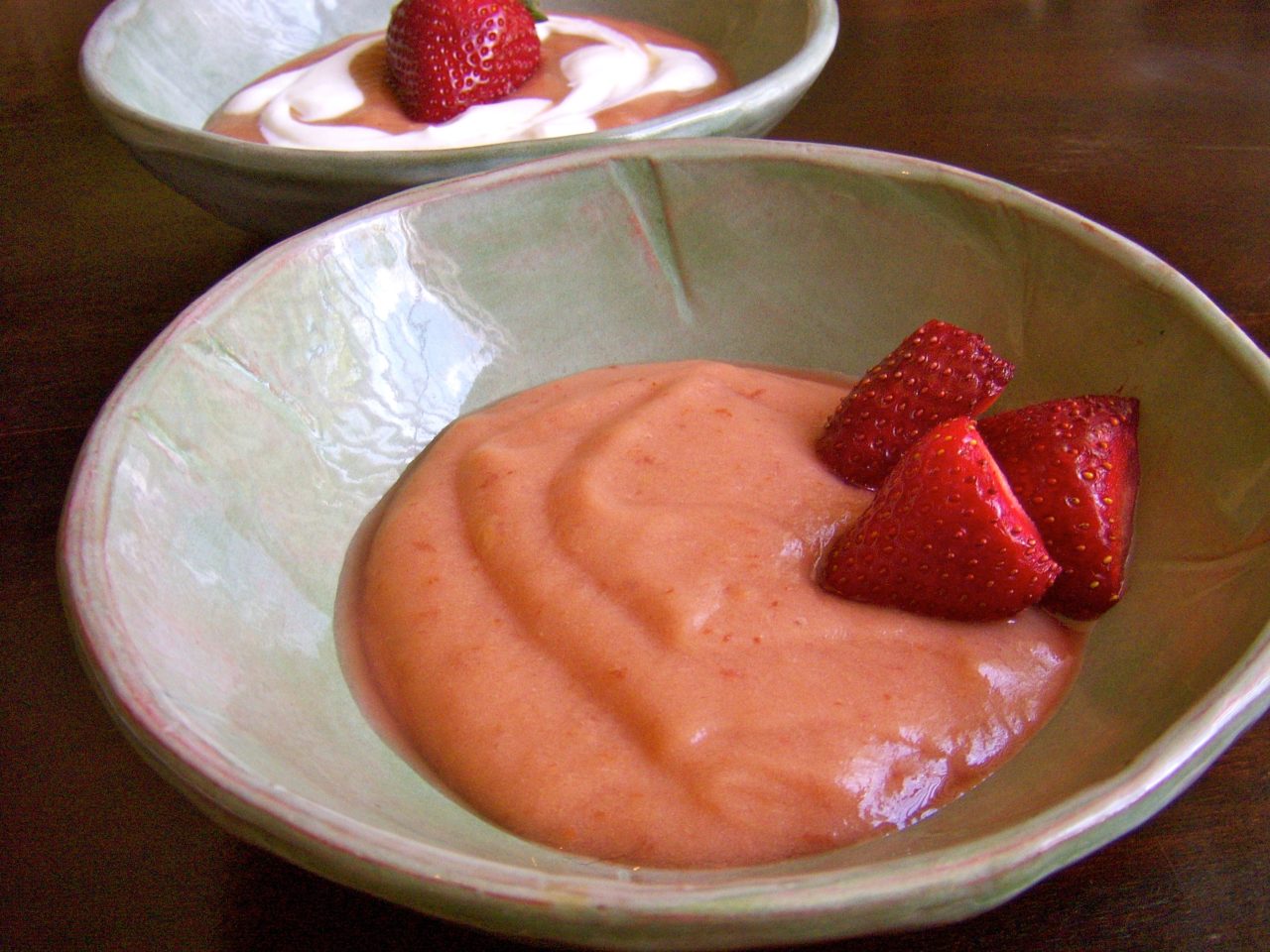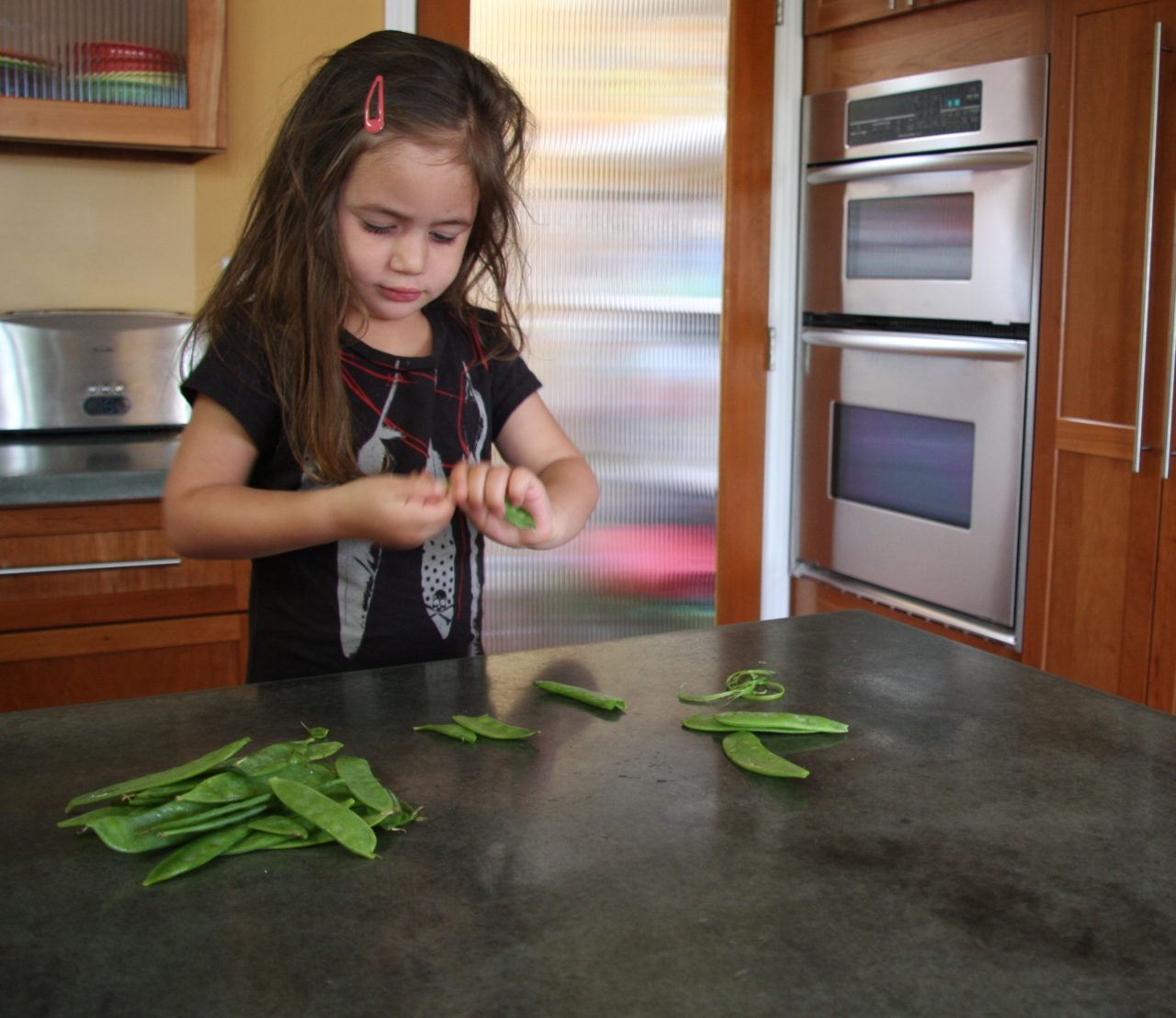Food poisoning…and the stomach flu…are the worst. These usually don’t last long, but they can be so violent that most people would do anything to avoid contracting them (including sanitizing the whole house like I’m doing in the picture above). Below are some of the most common carriers of foodborne illness. But first, a few facts about food poisoning:
- Its difficult to tell whether you have the stomach flu or food poisoning because the symptoms, length of illness, and severity are often similar. Really the only way to know is if other people ate the same food as you and also got sick, or if the flu’s going around. It’s also possible to get the stomach flu from food, if someone who was contagious (like a restaurant worker or family member) was sick when they handled your food.
- Food poisoning occurs when food has been mishandled. You can help prevent food poisoning by following these 4 simple steps when preparing food:
- Clean: Wash your hands and surfaces with hot, soapy water.
- Separate: Don’t cross-contaminate (don’t allow meat to touch other foods that won’t be cooked).
- Cook meats, eggs, and leftovers to the proper temperature – here’s a list of minimum cooking temps.
- Chill: Refrigerate foods promptly and in shallow containers.
- Food poisoning is often acquired from foods that might surprise you — see below.
Foods that most often cause food poisoning:
Leafy greens – Before processing, greens can easily come into contact with manure, animals, or workers with dirty hands. At home, greens that even lightly touch raw meat, eggs, or seafood can make you just as sick. Wash your lettuce!
(even the “pre-washed” kind, which may have been washed in contaminated water).
Cut Melon – Because it is so high in water, melon is an ideal breeding ground for bacteria and viruses. The rind of melon might touch all sorts of things before it arrives at your store or a restaurant, so it’s important to wash the outside with water and a scrub brush before cutting it open. Same goes for citrus fruits, pineapple, and any other high-water fruit that you peel.
Oysters – These are often eaten raw or undercooked, and they’re one of the biggest carriers of norovirus (the stomach flu) and vibrio, a cholera-type bacteria. The only way to stay safe here is to eat well-cooked oysters.
Foods mixed with mayonnaise – Tuna salad, potato salad, dips, burgers with mayo etc, are all somewhat risky, since mayonnaise spoils so fast. Just make sure you keep these foods well chilled. If you’re at a picnic or potluck, and any of these foods have been sitting out for awhile, avoid them.
Shrimp cocktail – Since the shrimp here is cooked, refrigerated, then eaten without being cooked again, it can easily pick up pathogens from handling or from the refrigerator before it gets to your plate. This is especially true at a restaurant or food service place, where shrimp cocktail may be stored improperly after cooking (like on the bottom shelf of the fridge where other foods drip on it).
Berries – These little fruits often travel far and wide before they reach your shopping cart, and many people don’t wash berries before popping them in their mouths. Remembering how many people probably touched your fruit before you bought it will help motivate you to give it a good rinse in cool water (all you need to get produce clean).
Eggs – Many eggs are served undercooked, so they’re a common culprit of food poisoning. If you’re going to eat your huevos sunny-side-up, be sure you get your eggs from a trustworthy source and keep them well-refrigerated until you eat them. Buying free-range, organic eggs may help reduce your chances of food poisoning, since the egg-laying hens aren’t kept in super small quarters that encourage the spread of disease.
While you can’t always prevent food poisoning, following the tips above, especially with these high-risk foods, can really reduce your odds of getting sick.







No Comments